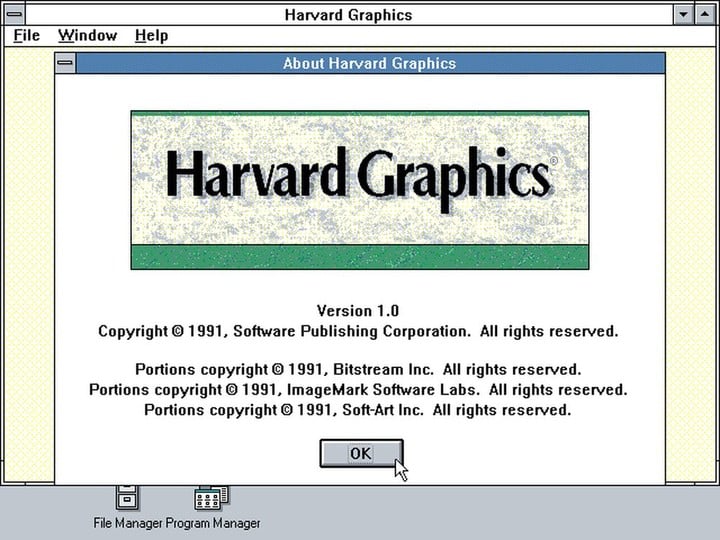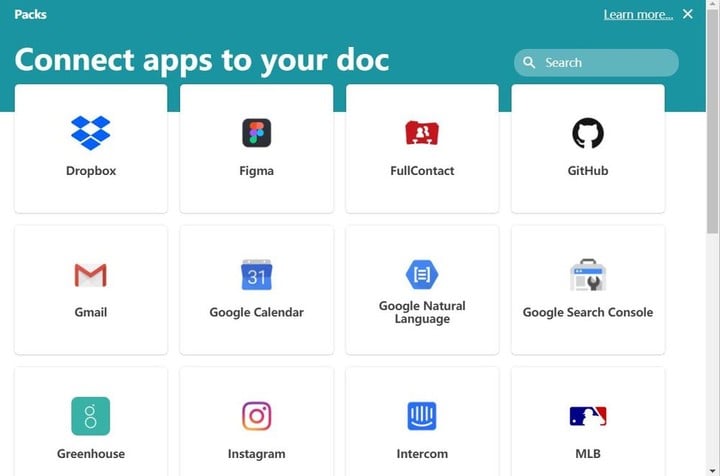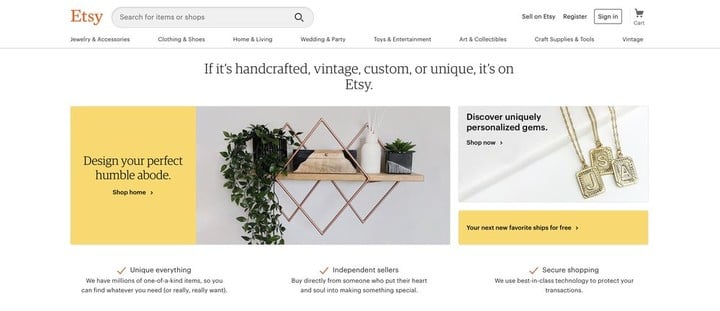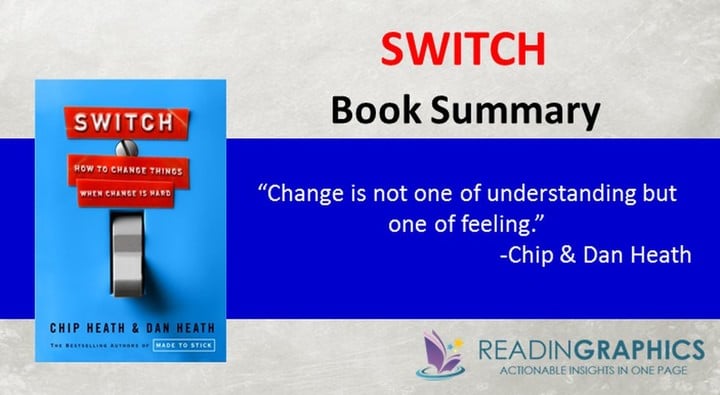The first time I met Coda, when I was browsing the new apps on Google Play, the most impressive thing about me after the initial experience was its powerful mobile adaptation. But as the experience deepened, I discovered that this is just the tip of the iceberg. Coda is far more powerful than I thought. For details, you can check out This article.
Today, we invited Shida, CEO of Coda, to let him bring us the behind-the-scenes story of this product.
Get to know Shishir Mehrotra
Shishir Mehrotra, graduated from the Massachusetts Institute of Technology, worked for Microsoft and Google’s YouTube division, Coda CEO and co-founder.
Why is it named Coda? Has there been any other name?
Of course, there have been many names, and the process of nameing is done in Coda! First of all, we actually created the company under the code name “Krypton”. This name implies Superman, which means that our products can “give the user’s super powers”. But this is only a temporaryAt the time, when we were ready to go online, we began to think about its real name.
▲ Image from: Unsplash
Our author Laura led the process in a very creative way. She built a Coda file with structured brainstorming. Every day, we get together, inspired by a hint, and then think about the name as much as possible. For example, one day we brainstormed with the sense of “power”. On another day we focused on the names related to “module building”, and one day we specifically wanted purely fictional names, and so on.
In addition, what’s more interesting is that we created a “sentence simulator” – put the name into a sentence to act as a ranking or verb, and then try to read it up (very similar to a baby naming template) . In the end we generated more than 1200 names, then narrowed down the scope with a wide range of criteria and chose some good options.
Occasionally, someone looked at the long pending list and said: Did you notice that Coda is a counter for “a doc”? At that time, we were convinced at once and soon unified our opinions. Thus, the name Coda became an obvious choice.
Why would you think of developing Coda?
Coda is a product that I built with passion. I started thinking about it more than 20 years ago.
The main idea behind Coda is that anyone can build a document as powerful as an app. This is a rather unexpected idea. It comes from simple observations from two jobs, from my work experience at Microsoft and Google, and my experience working with many teams and companies.
▲ Image from: Unsplash
The first observation made me realize that the document (not the application) is the main body of the world. If you ask people what tools they use every day at work, they usually say a packaged application name. But if you look closely, you will find that they are working on documents and spreadsheets all day long. At Microsoft, I saw this in our user base; at Google, I also saw this with my own eyes. I am responsible for the joint operations of the YouTube department, and most of our companies operate on Google Docs. For example, in the early days, if a user “tags” a video on YouTube, the operations team will reflect the action by adding a new line to the spreadsheet.
The result of the second observation is that the document has not changed for more than 40 years. The core primitives that make up the document are mostly identical to Wordstar, Visicalc, and Harvard Graphics in the late 1970s and early 1980s. During this time, in addition to the documentation, all other software in the world has changed.
▲ Harvard Graphics Image from: WinWorld
When we see these two observations, we step back and ask ourselves: If we start from scratch, how do we construct the document? So, we conclude that it is Coda.
What is the biggest problem encountered during development?
The most interesting challenge in Coda is what we affectionately call “right and familiar.” The core idea behind Coda is to start with a familiar document, but rethink it to fit today’s needs. When we face different choices, there is always a familiar way – a pattern that users have been through for decades of usage habits. But in modern times, this familiar method tends to be inadequate, and we have to look at the problem from another direction.
Coda documents can be accessed from anywhere, even on the mobile side, and eliminate the spreadsheets, paper, and pens that the team relies on. The “five-in-one thinker” and “tool builder” tend to use these methods to learn Coda and introduce it to their team, and then others adjust it and find their own unique use cases.
How do I evaluate other similar collaboration software like Notion?
After decades of innovation, there have been many great productivity products recently, and I am very happy to see the progress of the whole industry! Most products have their own unique perspectives, some focused on rethinking collaboration tools, some focusing on simpler databases, and some focusing on providing developers with “no code” or “low code” solutions.
▲ in-doc Template Image from: Coda
What is the long-term plan for Coda?
I think we are experiencing a new era of transformation, which I usually call the generation of manufacturers. This idea has been born in my previous work. Before creating Coda, I was involved in running Google’s YouTube division and witnessed a generation of manufacturers reshaping the media industry. I think there are similar patterns in many industries – from craftspeople turning their hobbies into business on Etsy, to landlords becoming hoteliers on Airbnb.
In all of these examples, the platforms have come aside, turning their user community into a creator community. I think the software is entering a new phase, it has its own version of the maker generation. People don’t just be satisfied with a versatile solution, they want to build it themselves. With Coda, we want to blur the boundaries between developers and users and move users from buyers to manufacturers, allowing them to create their own tools.
Is there any book that I particularly like to read?
I read a lot of business books, and my favorite is the Heath brother’s “Switch”, which is about how to make changes when it’s hard to change. I have a small suggestion for the reader. Before you start, write down the two or three things you want to change. Choose from different types – personal or professional. Then, write down the skills you have tried in the process. This is a good way to notice the technical patterns you are relying on.
▲ Image from: Readingraphics
Can you share the first screen of your mobile phone with us and see your favorite apps?
My first screen (no doubt) is full of Coda documents – my to-do list, team tracker, upcoming family trips, and a few documents I’m working on. Other applications I rely on include Superhuman for email, Slack for team communication, Kindle for reading, and Spotify, Netflix, and YouTube for entertainment.

The first time I met Coda, when I was browsing the new apps on Google Play, the most impressive thing about me after the initial experience was its powerful mobile adaptation. But as the experience deepened, I discovered that this is just the tip of the iceberg. “Coda” is far more powerful than I thought.See this article.
Today, we invited Shida, CEO of Coda, to let him bring us the behind-the-scenes story of this product.
Get to know Shishir Mehrotra
Shishir Mehrotra, graduated from the Massachusetts Institute of Technology, worked for Microsoft and Google’s YouTube division, Coda CEO and co-founder.
Why is it named Coda? Has there been any other name?
Of course, there have been many names, and the process of nameing is done in Coda! First of all, we actually created the company under the code name “Krypton”. This name implies Superman, which means that our products can “give the user’s super powers”. But this is only temporary. When we are ready to go online, we start thinking about its real name.
▲ Image from: Unsplash
Our author Laura led the process in a very creative way. She built a Coda file with structured brainstorming. Every day, we get together, inspired by a hint, and then think about the name as much as possible. For example, one day we brainstormed with the sense of “power”. On another day we focused on the names related to “module building”, and one day we specifically wanted purely fictional names, and so on.
In addition, what’s more interesting is that we created a “sentence simulator” – put the name into a sentence to act as a ranking or verb, and then try to read it up (very similar to a baby naming template) . In the end we generated more than 1200 names, then narrowed down the scope with a wide range of criteria and chose some good options.
Occasionally, someone looked at the long pending list and said: Did you notice that Coda is a counter for “a doc”? At that time, we were convinced at once and soon unified our opinions. Thus, the name Coda became an obvious choice.
Why would you think of developing Coda?
Coda is a product that I built with passion. I started thinking about it more than 20 years ago.
The main idea behind Coda is that anyone can build a document as powerful as an app. This is a rather unexpected idea. It comes from simple observations from two jobs, from my work experience at Microsoft and Google, and my experience working with many teams and companies.
▲ Image from: Unsplash
The first observation made me realize that the document (not the application) is the main body of the world. If you ask people what tools they use every day at work, they usually say a packaged application name. But if you look closely, you will find that they are working on documents and spreadsheets all day long. At Microsoft, I saw this in our user base; at Google, I also saw this with my own eyes. I am responsible for the joint operations of the YouTube department, and most of our companies operate on Google Docs. For example, in the early days, if a user “tags” a video on YouTube, the operations team will reflect the action by adding a new line to the spreadsheet.
The result of the second observation is that the document has not changed for more than 40 years. The core primitives that make up the document are mostly identical to Wordstar, Visicalc, and Harvard Graphics in the late 1970s and early 1980s. During this time, in addition to the documentation, all other software in the world has changed.
▲ Harvard Graphics Image from: WinWorld
When we see these two observations, we step back and ask ourselves: If we start from scratch, how do we construct the document? So, we conclude that it is Coda.
What is the biggest problem encountered during development?
The most interesting challenge in Coda is what we affectionately call “right and familiar.” The core idea behind Coda is to start with a familiar document, but rethink it to fit today’s needs. When we face different choices, there is always a familiar way – a pattern that users have been through for decades of usage habits. But in modern times, this familiar method tends to be inadequate, and we have to look at the problem from another direction.
These areas may require a lot of thinking and design, and sometimes we need long iterations to get the right results. One of the most basic examples is that we choose to focus on data associations between tables rather than simple table content. In addition, we rethought the mobile experience and handled the integration between software (we call it Packs). Our biggest challenge has always been to figure out when to stick to familiar methods and when to turn to a new direction of creativity.
How many people are currently using Coda? Who is the general use of Coda?
We have thousands of users across thousands of teams in almost every country in the world. We saw a wide range of uses for Coda, from simple meeting minutes to running a suite of applications across the company.
At present, office software such as Word and Excel has become very popular. How to change people’s usage habits?
People using Coda are usually divided into two categories. The first is the “five-one thinker.” These people usually think that Coda allows them to combine the other five commonly used tools. For example, Spotify’s team used Coda to replace a network of documents, spreadsheets, presentations, and various applications and merge them into a single document.
The second group will be CIf 1000w, https://s3.ifanr.com/wp-content/uploads/2019/08/10-Coda-360×212.gif 360w, https://s3.ifanr.com/wp-content/uploads/2019/ 08/10-Coda-768×453.gif 768w” sizes=”(max-width: 1000px) 100vw, 1000px”>
▲ in-doc Template Image from: Coda
What is the long-term plan for Coda?
I think we are experiencing a new era of transformation, which I usually call the generation of manufacturers. This idea has been born in my previous work. Before creating Coda, I was involved in running Google’s YouTube division and witnessed a generation of manufacturers reshaping the media industry. I think there are similar patterns in many industries – from craftspeople turning their hobbies into business on Etsy, to landlords becoming hoteliers on Airbnb.
In all of these examples, the platforms have come aside, turning their user community into a creator community. I think the software is entering a new phase, it has its own version of the maker generation. People don’t just be satisfied with a versatile solution, they want to build it themselves. With Coda, we want to blur the boundaries between developers and users and move users from buyers to manufacturers, allowing them to create their own tools.
Is there any book that I particularly like to read?
I read a lot of business books, and my favorite is the Heath brother’s “Switch”, which is about how to make changes when it’s hard to change. I have a small suggestion for the reader. Before you start, write down the two or three things you want to change. Choose from different types – personal or professional. Then, write down the skills you have tried in the process. This is a good way to notice the technical patterns you are relying on.
▲ Image from: Readingraphics
Can you share with us?Take a look at your phone’s first screen and see your favorite apps?
My first screen (no doubt) is full of Coda documents – my to-do list, team tracker, upcoming family trips, and a few documents I’m working on. Other applications I rely on include Superhuman for email, Slack for team communication, Kindle for reading, and Spotify, Netflix, and YouTube for entertainment.
Past review:
Starting | Massively managing Kindle and WeChat reading notes, you must not miss this app
Interview with Jane Yue: Improve 318 sites for the best “reading mode”
Interview with “Efficient Control” Tula Ding: An app is more versatile than just “aggregating”
Interview with Liu Wei and Chen Xi: Two Shanghainese, two “garbage classification” product ideas< /p>
Interview with MiniHour developer Li Shichao: Good products must have temperature











